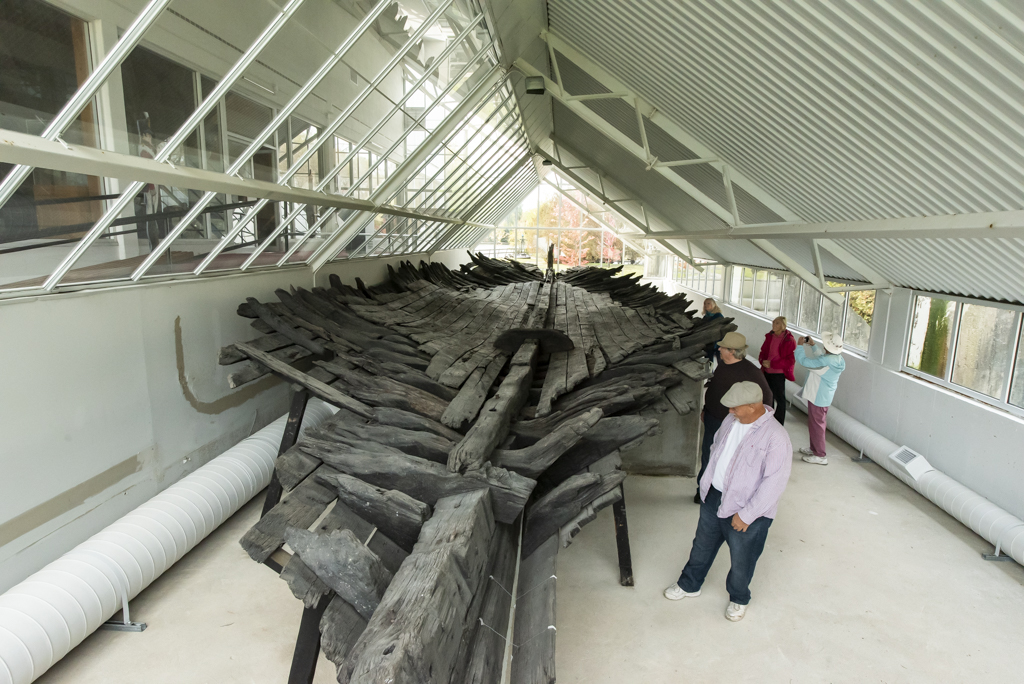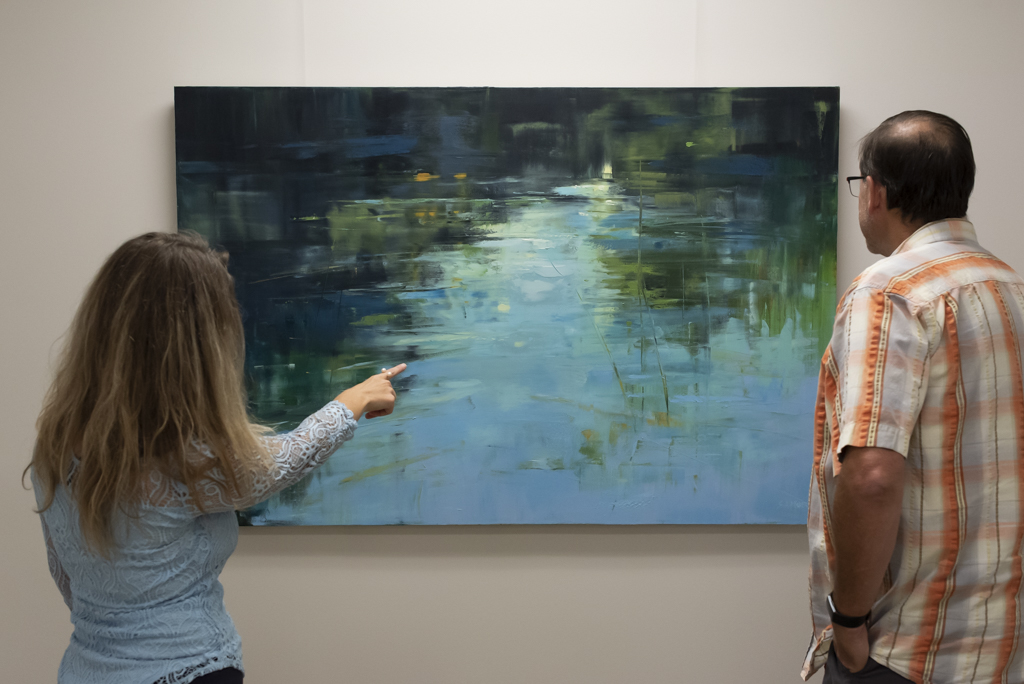
Nancy Island Historic Site
The Nancy Island Historic Site tells the story of the HMS Nancy during the War of 1812, which had establishing effects on Canada’s border during this war. The site houses artifacts, as well as part of the ship, and visitors participate in demonstrations and tours on the island. Click here for more information about Nancy Island and it's attractions.

Wasaga Society for the Arts
The Arts are an essential landmark of growth for every community. The Wasaga society of the the Arts promotes this in our community. Their mission: "To advance the public’s appreciation of the arts by encouraging, supporting, facilitating and promoting developmental initiatives and activities of the artistic communities of Wasaga Beach and Southern Georgian Bay". Click here to learn more.
Some of Wasaga Beach's other history, arts and culture locations include:
The surrounding area is full of History, Art, and Culture. Check out:
-
Coldwater Canadiana Heritage Museum – 35 minutes away
-
Collingwood Museum – 25 minutes away
-
Craigleith Heritage Depot – 35 minutes away
-
Discovery Harbour – 40 minutes away
-
Huronia Museum and Huron Ouendat Village – 35 minutes away
-
Ontario Provincial Police Museum – 55 minutes away
-
Saint-Marie Among the Hurons – 30 minutes away
-
Sheffield Park Black History and Cultural Museum – 45 minutes away
-
Simcoe County Museum – 30 minutes away
History of Wasaga Beach
*information is summary of this Wasaga Archives print, full story can be read
here*
Wasaga Beach carries a history with many stories from many periods of Canadian history. To start, the name of our river was given by the Algonquin First Nation, who lived in small groups in Wasaga and in the surrounding area. “Nottawa”, an Algonquin word for Iroquois, and ‘Saga’, meaning mouth of the river; these indingeous peoples were present in small groups when the first British arrived in the early 1800’s. Upper Canada, due to it’s ease of access by boat and relative lack of protection as British territory, became easily entwined in the War of 1812. The fascinating story of the ship “The Nancy” comes from this time period. This story and more information about the Nottawasaga’s part in Canada’s early beginnings can be found at the Wasaga beach museum and Nancy Island.
Throughout the rest of the 1800’s, the river was mainly used for fishing and logging. By 1896, a village of 70 had grown around the property at the mouth of the river, purchased by John Van Vlack. At this time, a school and hotel were established, the former for the fishing, logging and farming families that lived in the village and nearby areas. By the early 1900’s, the area’s beautiful beach and proximity to Toronto quickly had it marked as a holiday location. The summer tourist industry began to bloom following the adding of amenities at the beachfront. In the 1930’s, the beach made an excellent runway for small planes and also motorcycle racing, the latter of which brought riders to the beach up until the 1950’s.
The 20th century saw Wasaga grow, gaining much business and becoming a retreat for all, from entrepreneurs to WWII soldiers on leave from Base Borden. From the mid 1900’s, Wasaga has continued to expand, long since having transitioned from simply a summer getaway (though we are still certainly that) to now a destination where you can find enjoyment all year long.